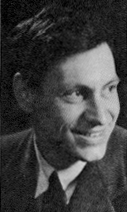

| b = a b = a b = a note that the assignment is not unique - variability is possible, e.g. a a |
b = a b = a b = a b = a |
b = a b = a a a |
| (1) c c b = a b = a b = a b = a a |
(2) c c c a b = a b = a b = a b = a |
(3) c a c a b = a b = a b = a b = a a |